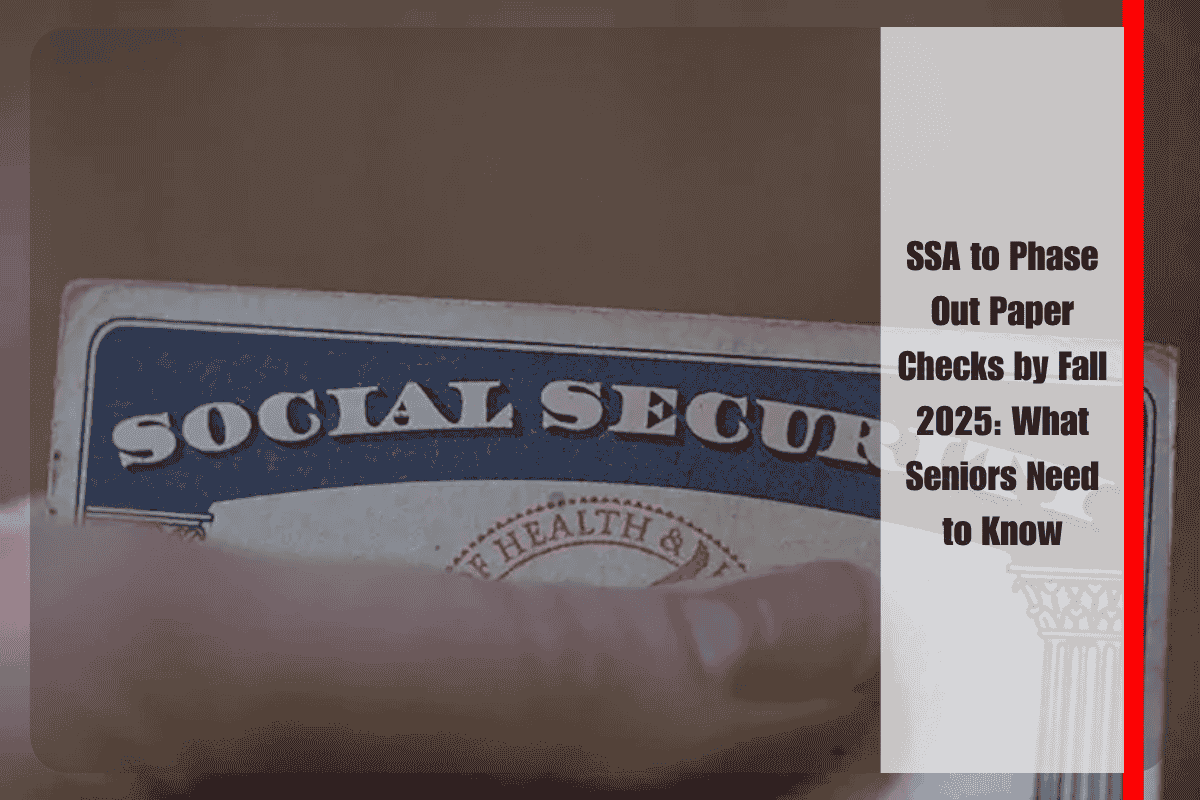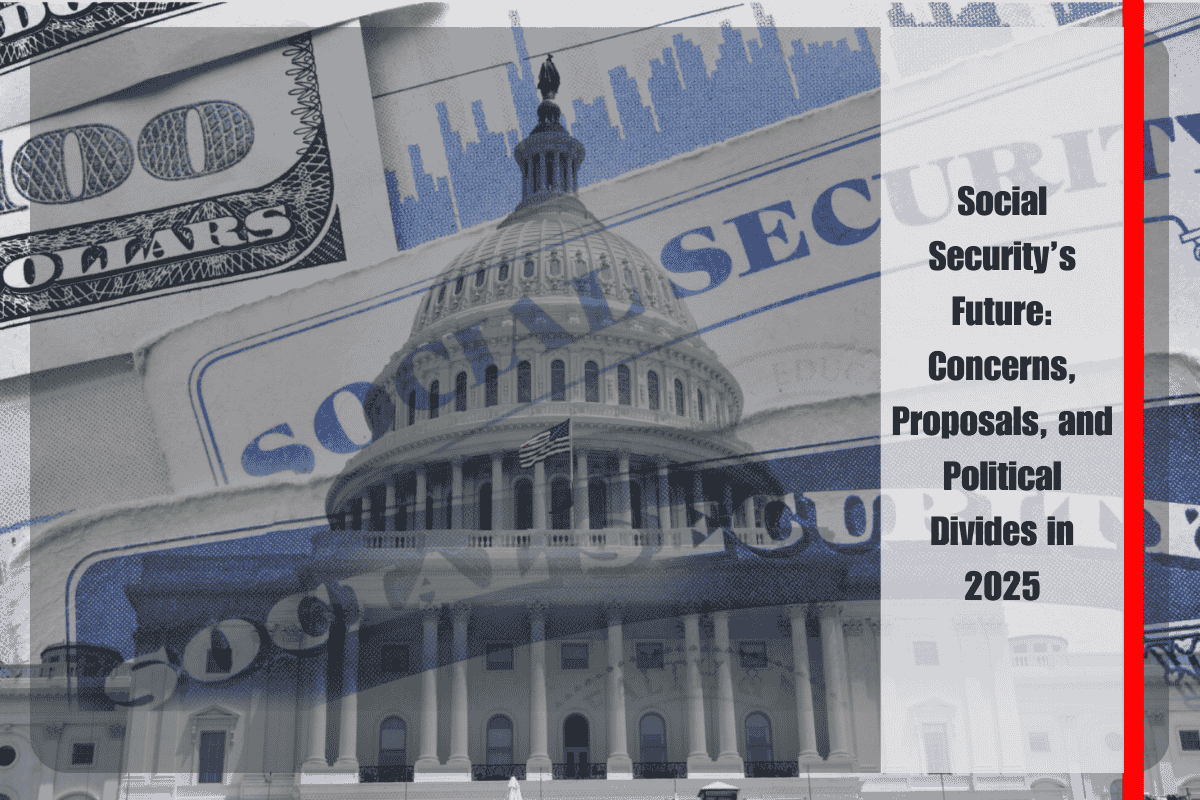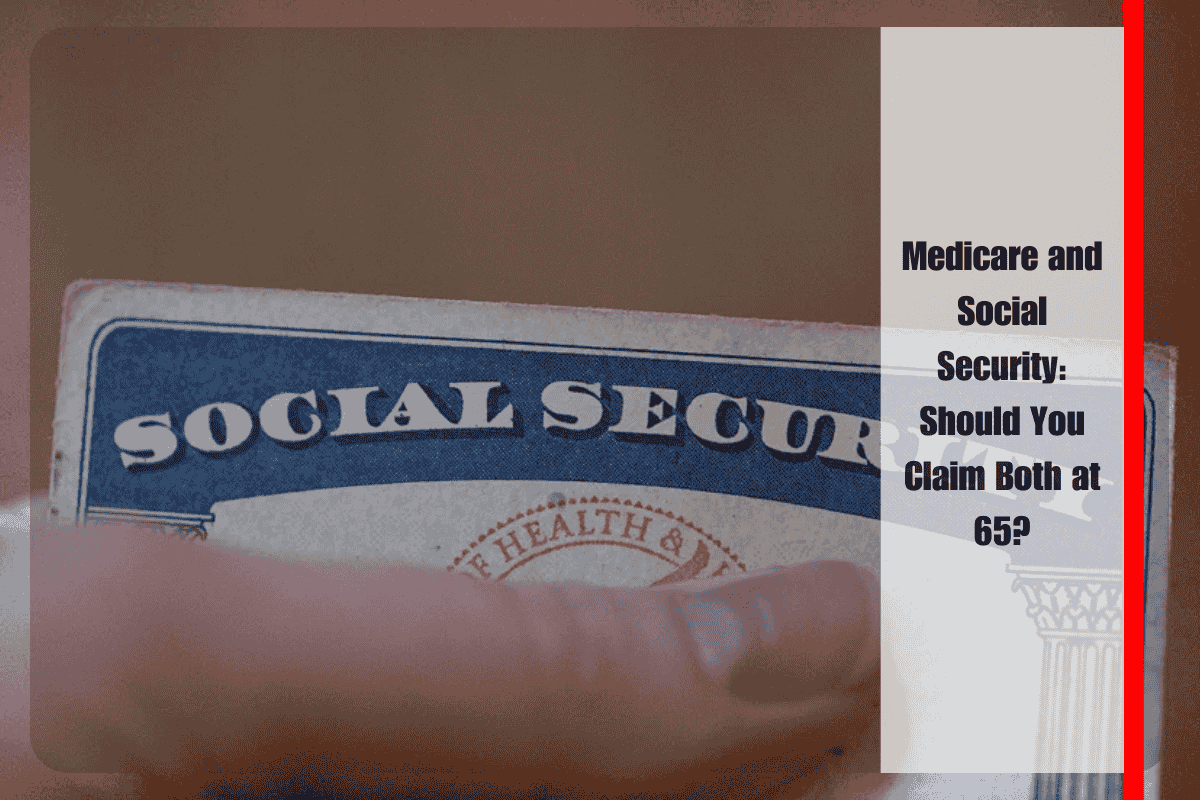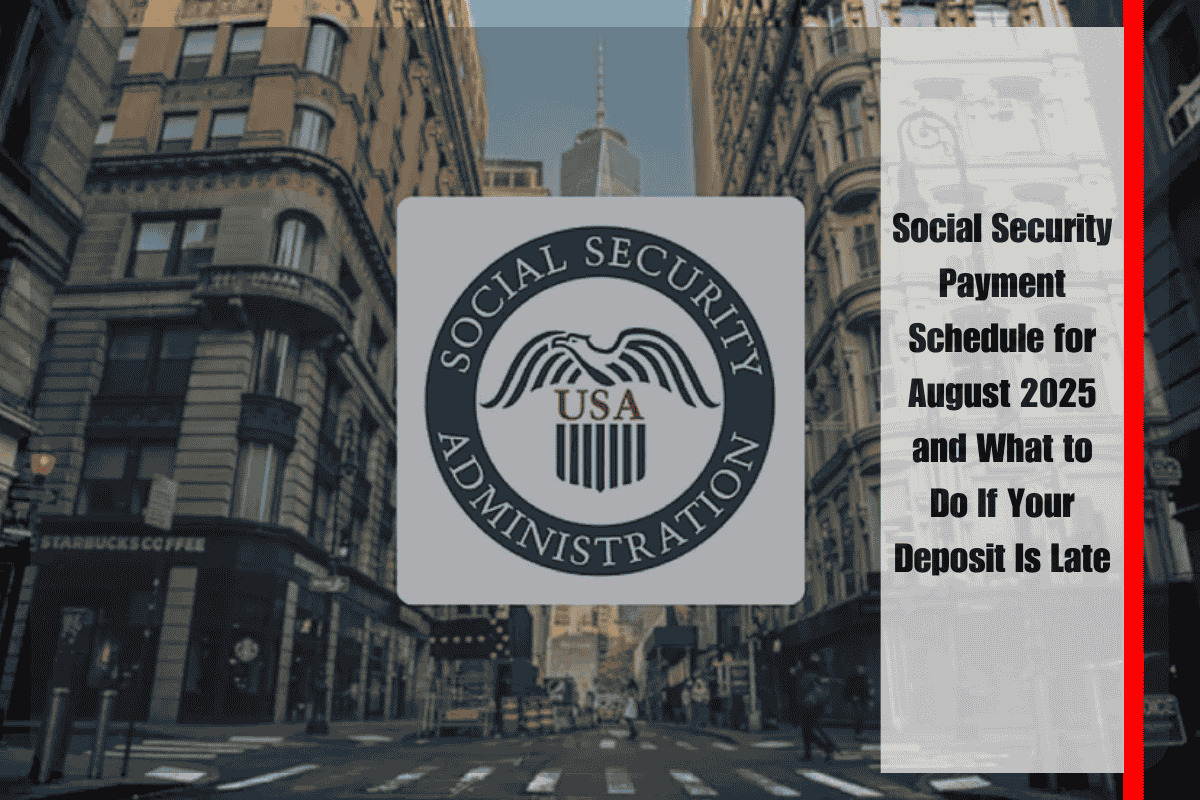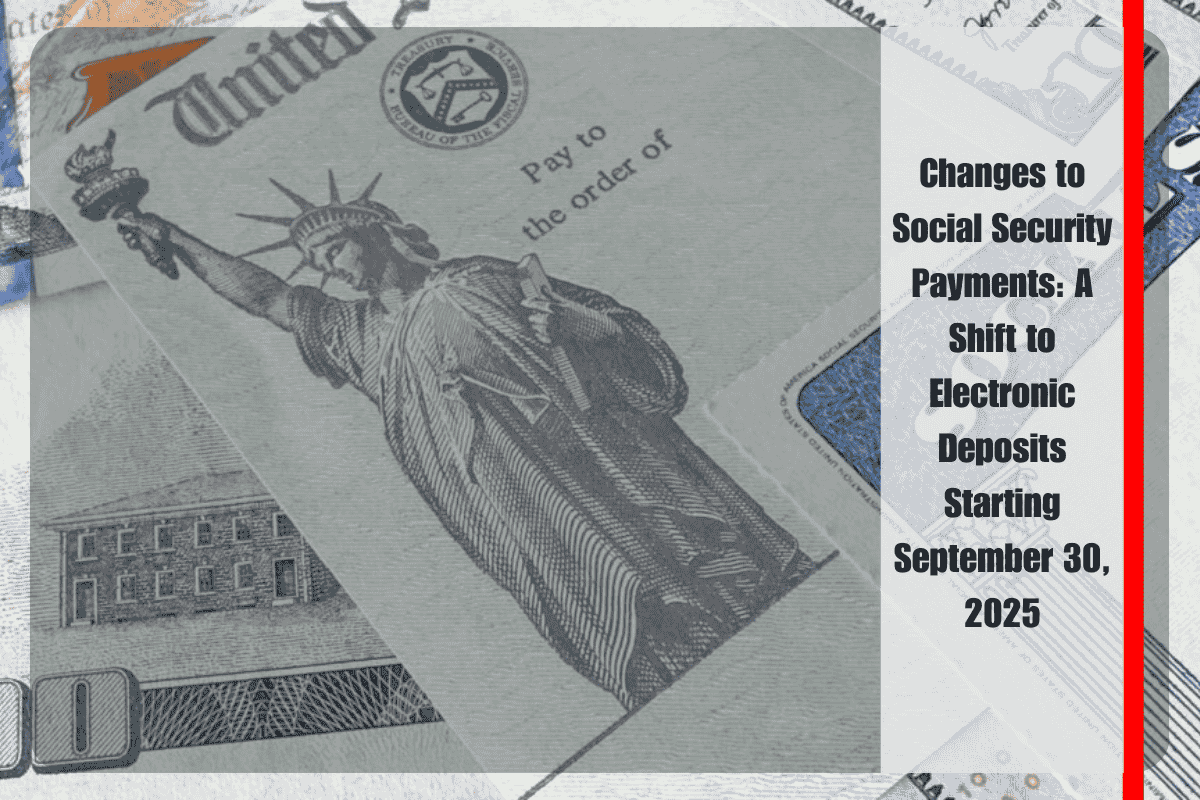As the digital age reshapes how Americans manage money, the Social Security Administration (SSA) is taking a significant step: phasing out paper checks completely. Starting in the fall of 2025, the SSA will no longer issue paper checks for monthly benefits, affecting around 500,000 recipients who still rely on traditional mail for their payments.
This transition is part of the agency’s long-term plan to increase efficiency, reduce fraud, and cut administrative costs by using electronic payment methods. According to the SSA’s blog, this move is a continuation of its 2013 initiative that required most new beneficiaries to enroll in direct deposit or receive their payments via a prepaid debit card.
For those wondering where their funds will go once checks disappear, the SSA has provided two primary electronic options: direct deposit into a personal bank or credit union account, or payment via the Direct Express Debit Mastercard. This card functions like any other prepaid debit card, allowing users to withdraw cash, make purchases, and track spending.
“We want to make sure everyone is aware of the change and has the information they need to make the switch,” said Social Security Commissioner Martin O’Malley.
What this means for seniors still receiving paper checks
Many seniors still receiving paper checks live in rural areas, are unbanked, or simply prefer traditional methods. However, these individuals will now need to choose one of the electronic options or risk delays in receiving their monthly benefits.
The SSA and U.S. Treasury Department are encouraging early action, giving beneficiaries until the fall to set up their electronic payments. Those who do not act in time will automatically be enrolled in the Direct Express card program.
Financial advocates warn that while the change will streamline processes and reduce the risks associated with lost or stolen checks, it could pose challenges for older adults who are less familiar with digital banking. “This shift will modernize how seniors receive Social Security, but there’s also a need to ensure people aren’t left behind because of technology,” said Joe Valenti, a senior advisor at the National Economic Council, in a Yahoo Finance report.
To assist with the transition, the SSA is launching educational efforts, offering support through its call centers, field offices, and website. Organizations that serve older adults are also expected to step up efforts to help clients understand their options.
For those who already receive their payments electronically, about 98% of beneficiaries, this change won’t affect their routine. However, the 2% still receiving paper checks will need to act quickly to ensure uninterrupted access to their benefits.
